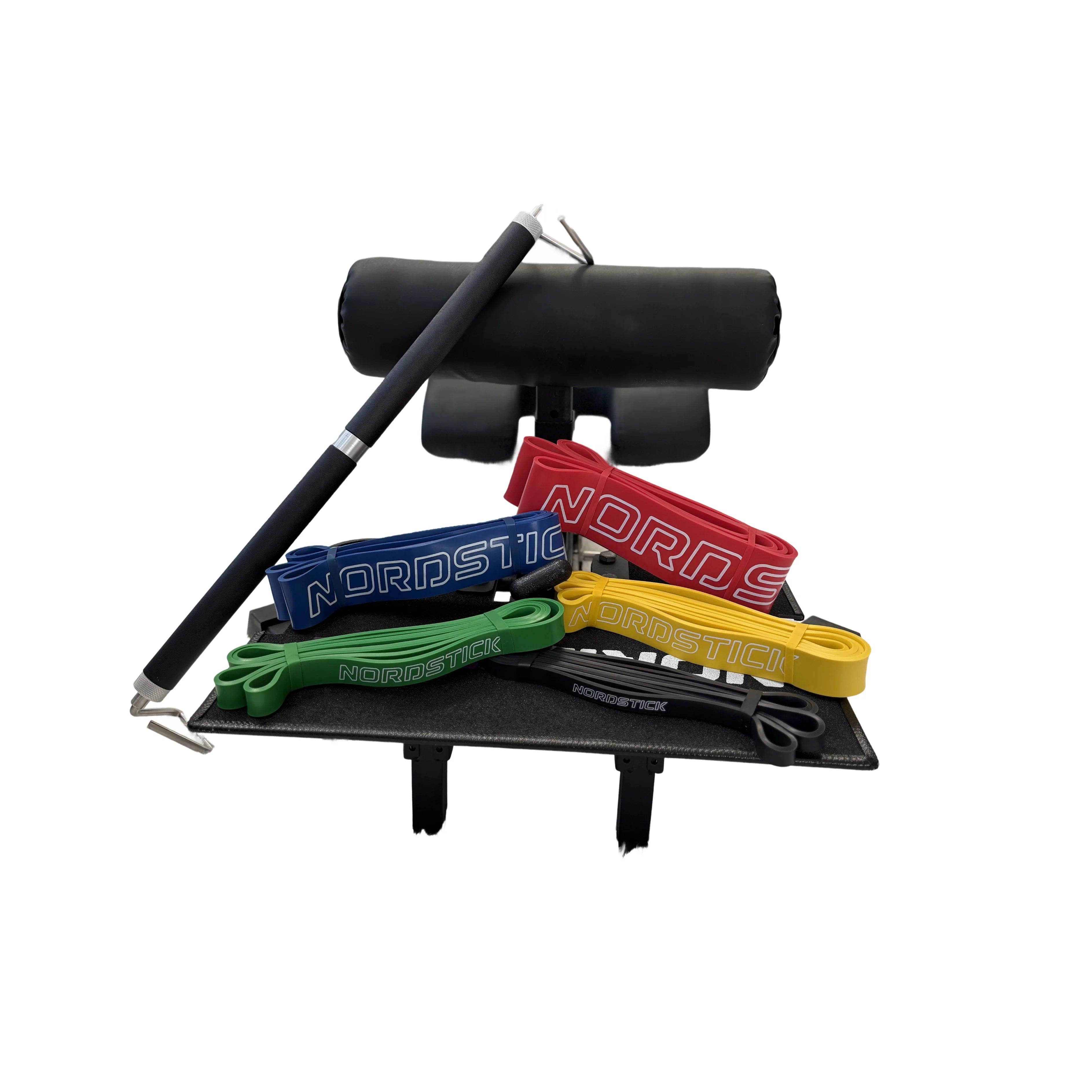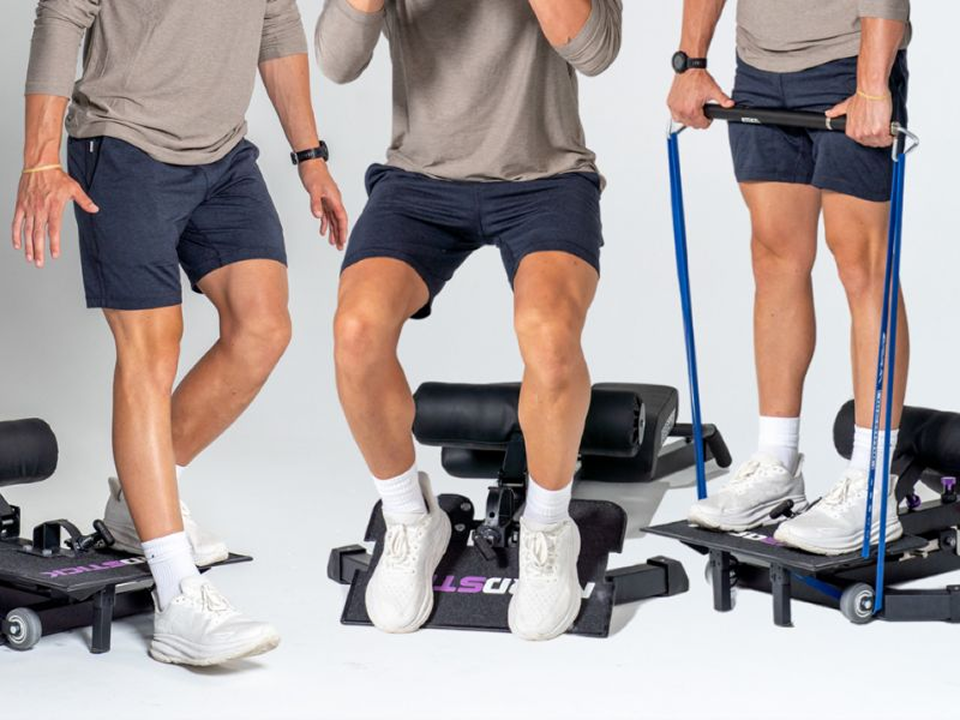Shoulder pain and tightness can significantly hinder your everyday activities, making simple tasks like reaching for something overhead or behind you painful. Whether you're dealing with ongoing discomfort or looking to prevent it, incorporating specific exercises into your routine can help.
Using Omnibands, a versatile and portable exercise tool, you can perform these exercises at home or on the go, requiring only a door to set up. Here, we explore four easy, physical therapist-recommended alphabet exercises designed to relieve shoulder pain and enhance upper body mobility.
Exercise 1: T's
Setup: Attach the Omnibands to the top of a door and stand facing away, grabbing the bands with both hands.
Execution: With elbows straight and arms at shoulder height, pull the bands outward until your arms form a 'T' shape with your body. Slowly return to the starting position and repeat.
Benefits: This exercise targets the muscles around your shoulder blades and helps relieve shoulder pain by strengthening the upper back and rotator cuff muscles. It's beneficial for those suffering from shoulder impingement or general tightness.
Muscles Worked: Primarily, the rear deltoids and the rhomboids, which are key to maintaining proper shoulder blade alignment and function.
Exercise 2: Y's
Setup: Begin in the same starting position as the T's.
Execution: Lift your arms upward and slightly forward to form a 'Y' shape. Ensure your arms stay straight and the movement is controlled. Gently lower back to the starting position.
Benefits: This exercise helps to relieve shoulder pain by strengthening the upper back and shoulder muscles, improving stability in the shoulder joints.
Muscles Worked: Targets the lower trapezius and posterior deltoids, crucial for upper arm and shoulder joint movements and reducing the burden on the rotator cuff.
Exercise 3: A's
Setup: Stand with your back to the door, holding the Omnibands with your arms down at your sides.
Execution: Pull the bands downward towards your hips, forming an 'A' with your body and arms. Keep your palms facing behind you and your spine straight. Slowly return to the starting position. This is not performed with your elbow bent, so keep your arm straight.
Benefits: This exercise aids in strengthening the lower parts of the shoulder muscles and can help relieve pain from conditions like shoulder bursitis and frozen shoulder.
Muscles Worked: Focuses on the latissimus dorsi and lower trapezius, which are important for internal rotation and pulling movements.
Find More OmniStrap Exercises for Your Shoulders and More
Check out this video made by the Founder of Nordstick, Dr. Dr. Garrett Drumheller PT, DPT, SCS, CSCS.
Exercise 4: I's
Setup: This starts similarly to the Y's exercise.
Execution: Raise your arms straight overhead, closely aligning them next to your ears, to form an 'I'. Hold briefly, then gently lower your arms back to the starting position.
Benefits: Excellent for relieving shoulder tightness and pain, this exercise emphasizes shoulder blade stability and alignment, crucial for preventing injuries like rotator cuff tears.
Muscles Worked: Primarily engages the upper trapezius and serratus anterior, supporting the shoulder blades' upward rotation and stability.
Addressing Common Concerns About Shoulder Exercises
Warning Signs of a Rotator Cuff Tear
Severe Pain: Sudden, acute pain following an injury, often accompanied by a snapping sensation and immediate weakness in the arm.
Weakness: Difficulty lifting your arm or performing tasks that were previously easy, indicating potential tears.
Should I Do Shoulder Stretches and Exercises If It Hurts?
It's crucial to consult a physical therapist before starting any new exercise regimen, especially if you experience pain. A therapist can assess your situation and tailor exercises to your needs, helping to avoid aggravating the injury. Generally, you should avoid exercises that cause pain and focus on gentle stretches and strengthening exercises that do not exacerbate your symptoms.
Conclusion
Using Omnibands for these simple exercises can significantly relieve shoulder pain and improve mobility. By incorporating these exercises into your daily routine, you can enhance your shoulder health and prevent future discomfort. Remember, if your pain worsens or you suspect an injury like a rotator cuff tear, seek professional advice to ensure a safe and effective recovery.









































Leave a comment
This site is protected by hCaptcha and the hCaptcha Privacy Policy and Terms of Service apply.